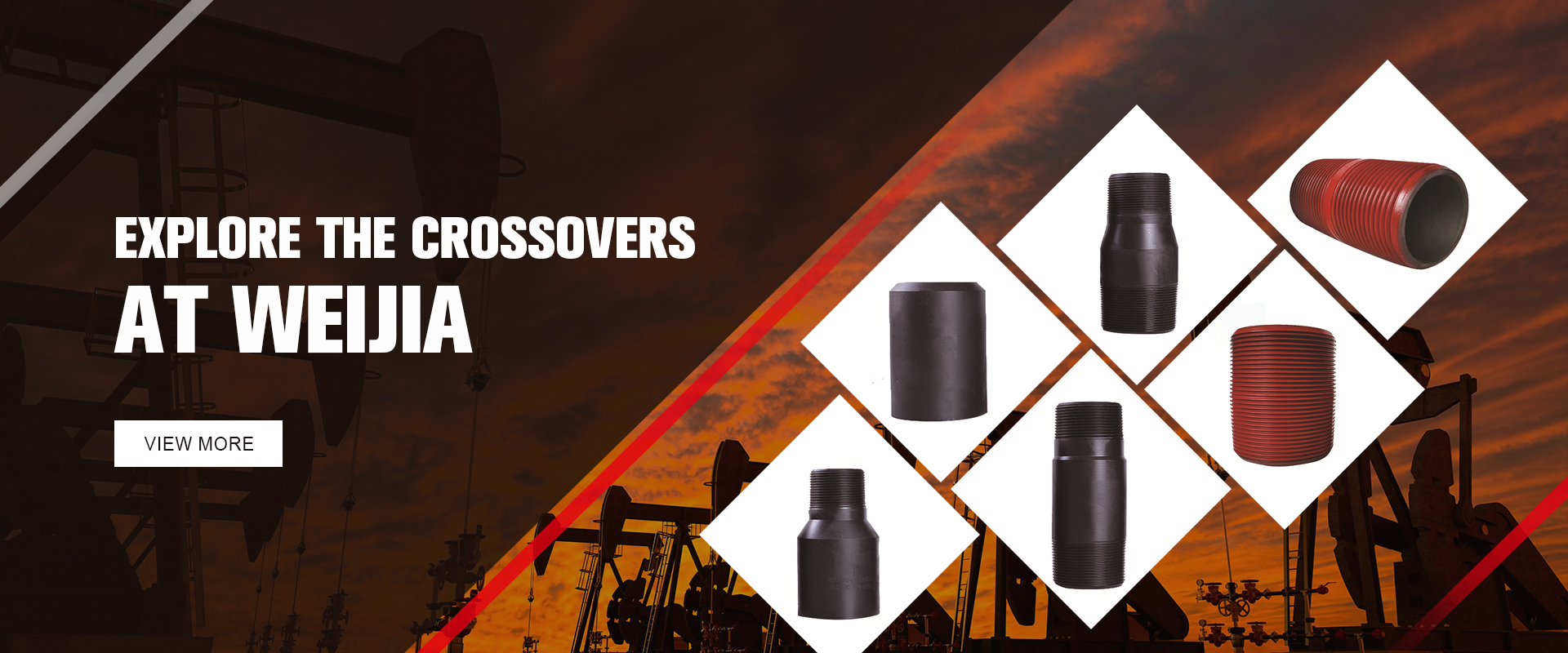- Afrikaans
- Albanian
- Amharic
- Arabic
- Armenian
- Azerbaijani
- Basque
- Belarusian
- Bengali
- Bosnian
- Bulgarian
- Catalan
- Cebuano
- Corsican
- Croatian
- Czech
- Danish
- Dutch
- English
- Esperanto
- Estonian
- Finnish
- French
- Frisian
- Galician
- Georgian
- German
- Greek
- Gujarati
- Haitian Creole
- hausa
- hawaiian
- Hebrew
- Hindi
- Miao
- Hungarian
- Icelandic
- igbo
- Indonesian
- irish
- Italian
- Japanese
- Javanese
- Kannada
- kazakh
- Khmer
- Rwandese
- Korean
- Kurdish
- Kyrgyz
- Lao
- Latin
- Latvian
- Lithuanian
- Luxembourgish
- Macedonian
- Malgashi
- Malay
- Malayalam
- Maltese
- Maori
- Marathi
- Mongolian
- Myanmar
- Nepali
- Norwegian
- Norwegian
- Occitan
- Pashto
- Persian
- Polish
- Portuguese
- Punjabi
- Romanian
- Russian
- Samoan
- Scottish Gaelic
- Serbian
- Sesotho
- Shona
- Sindhi
- Sinhala
- Slovak
- Slovenian
- Somali
- Spanish
- Sundanese
- Swahili
- Swedish
- Tagalog
- Tajik
- Tamil
- Tatar
- Telugu
- Thai
- Turkish
- Turkmen
- Ukrainian
- Urdu
- Uighur
- Uzbek
- Vietnamese
- Welsh
- Bantu
- Yiddish
- Yoruba
- Zulu
Understanding the Benefits and Applications of Tubing Crossover Techniques in Oil Extraction
Understanding Tubing Crossover in Oil and Gas Operations
In the oil and gas industry, the term tubing crossover refers to the process and equipment involved when transitioning between different sizes or types of tubular systems in well operations. This is a crucial aspect, especially when managing the flow of hydrocarbons from underground reservoirs to the surface. Proper understanding and execution of tubing crossovers can enhance operational efficiency, ensure safety, and maintain the integrity of well operations.
At its core, tubing crossover involves the use of specialized connectors and a strategic approach to link two distinct tubular sizes or configurations
. For instance, during the drilling or completion phase of a well, operators often use different sizes of casing and tubing to accommodate varying pressures, flow rates, and production strategies. The conversion process must ensure a seamless flow path while minimizing the risk of leaks or failures at the connection points.One of the significant challenges in tubing crossover is managing the pressure differentials between the different sections of tubing. Pressure changes can lead to mechanical stress, which, if not properly mitigated, could result in equipment failure or downtime. Therefore, engineers meticulously design crossover tools and procedures to accommodate these differences, including the use of pressure-regulating valves, blowout preventers, and other safety devices.
tubing crossover

Furthermore, the material choices for crossover connections are critical. Tubing and casing materials vary widely, and factors such as corrosion resistance, tensile strength, and thermal properties must be carefully considered. For example, in environments where hydrogen sulfide (H2S) is present, special corrosion-resistant alloys (CRA) may be required to prevent material degradation.
The design and installation of tubing crossover systems also involve rigorous testing and qualification processes. Operators must conduct pressure tests, fatigue tests, and other inspections to certify that the crossover points can withstand operational demands. Regular maintenance and monitoring are essential to detect any potential issues early, thereby preventing costly failures.
In summary, tubing crossover is a vital component in the oil and gas sector that enables the effective transportation of fluids from wells. As the industry evolves, advancements in materials science, engineering practices, and real-time monitoring technologies continue to enhance the safety and efficiency of tubing crossovers. By investing in robust designs and maintenance strategies, operators can optimize production while safeguarding their assets and the environment, ensuring that the energy demands of the future are met sustainably.
-
Tubing Pup Joints: Essential Components for Oil and Gas OperationsNewsJul.10,2025
-
Pup Joints: Essential Components for Reliable Drilling OperationsNewsJul.10,2025
-
Pipe Couplings: Connecting Your World EfficientlyNewsJul.10,2025
-
Mastering Oilfield Operations with Quality Tubing and CasingNewsJul.10,2025
-
High-Quality Casing Couplings for Every NeedNewsJul.10,2025
-
Boost Your Drilling Efficiency with Premium Crossover Tools & Seating NipplesNewsJul.10,2025







